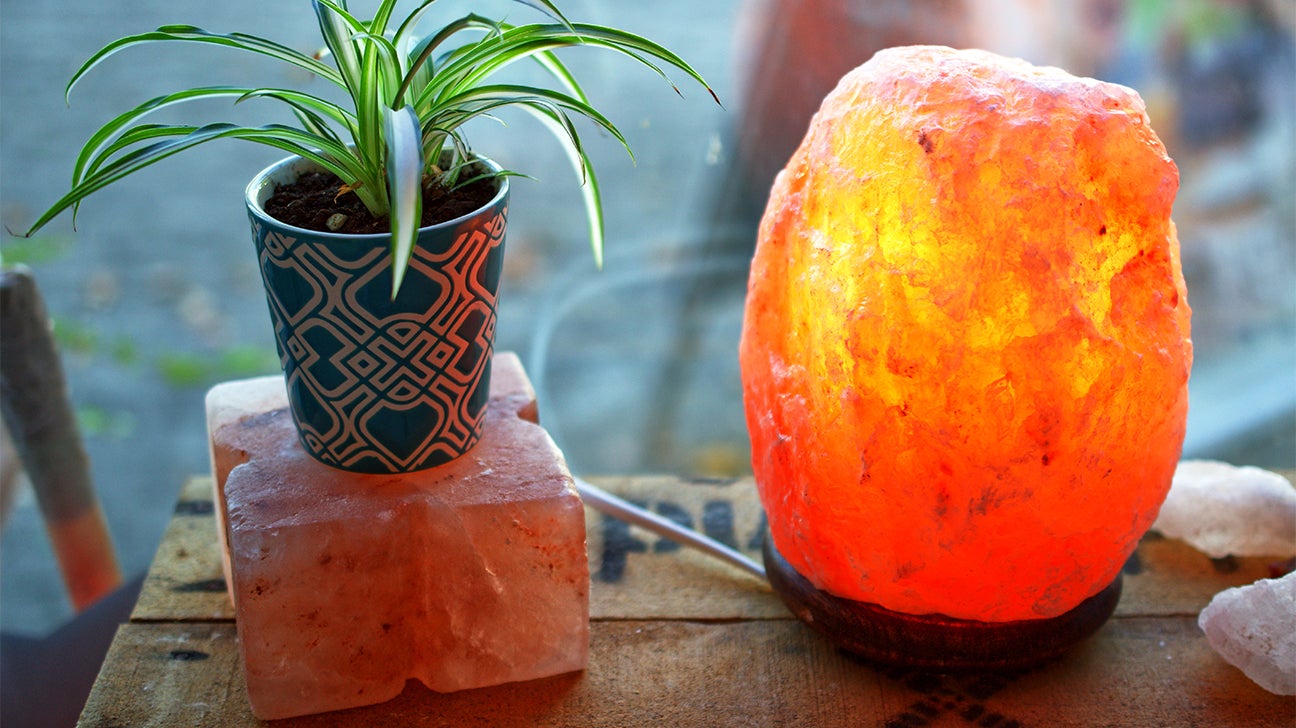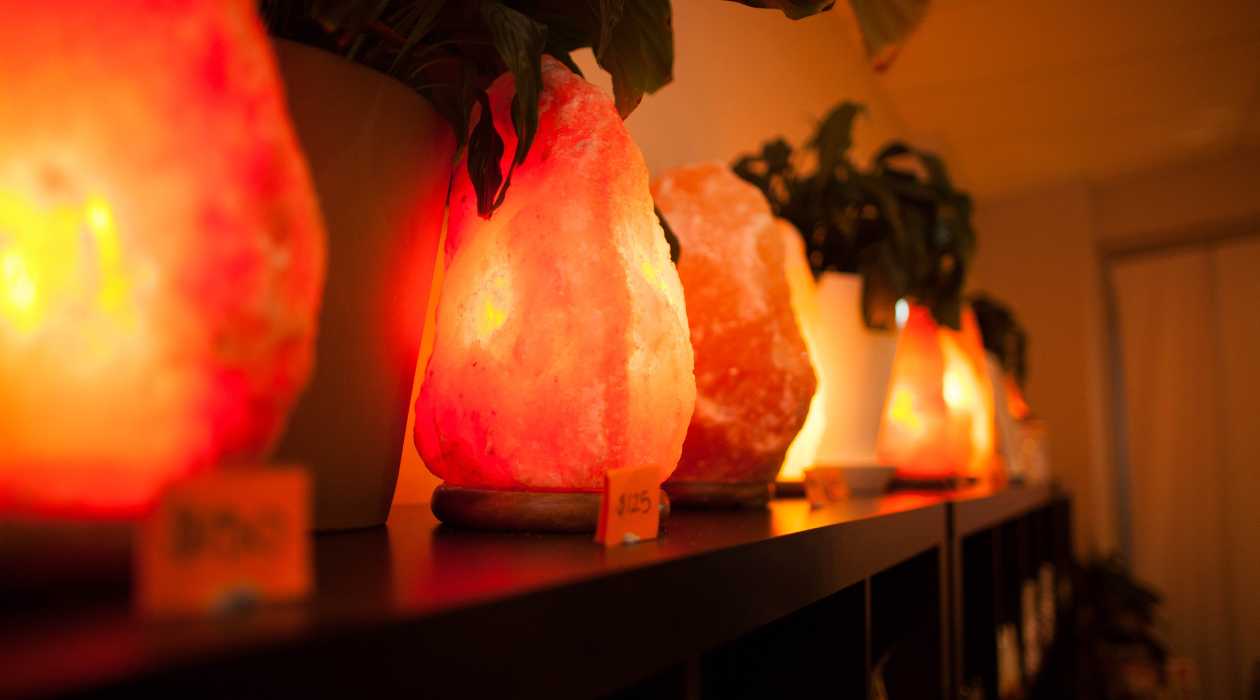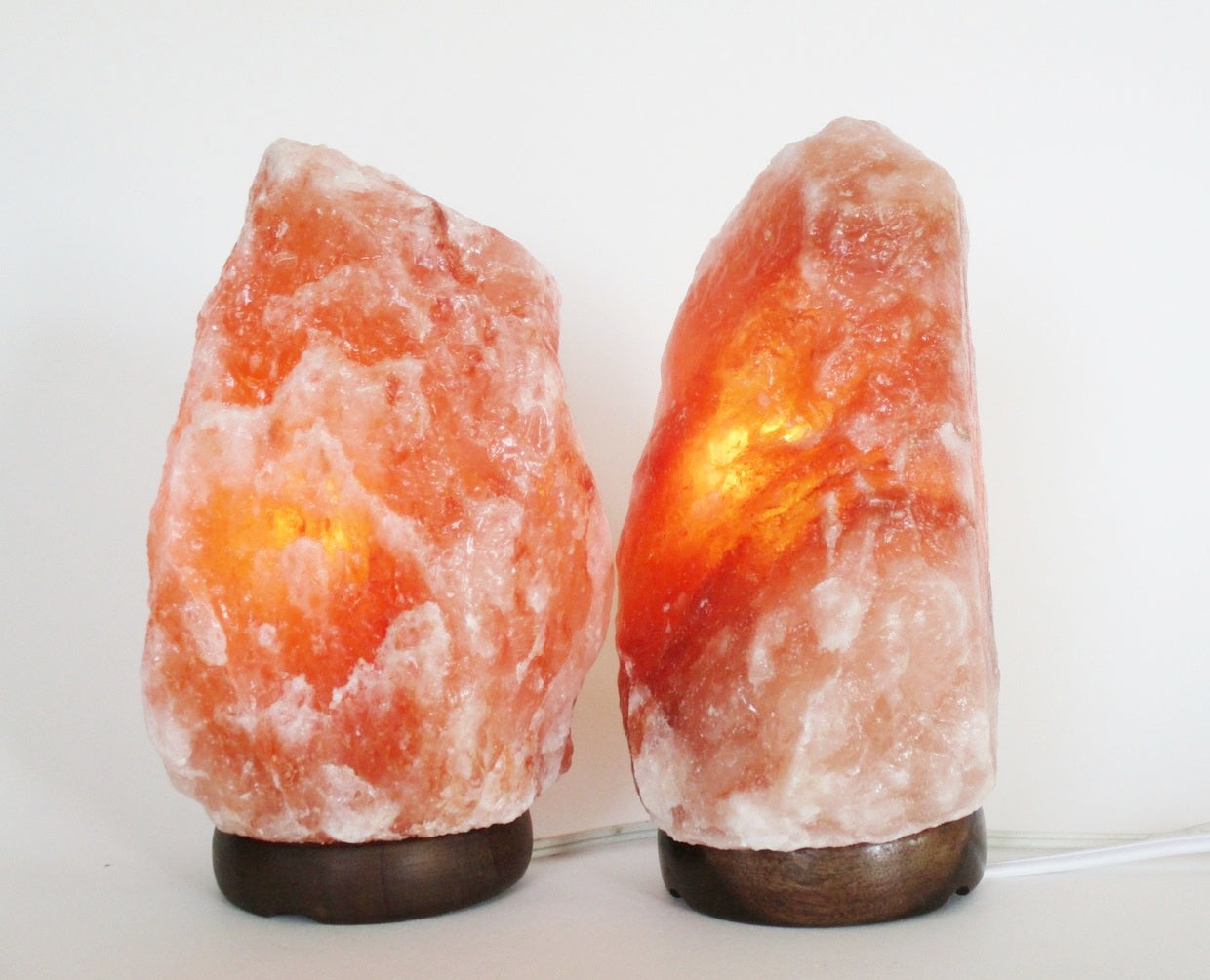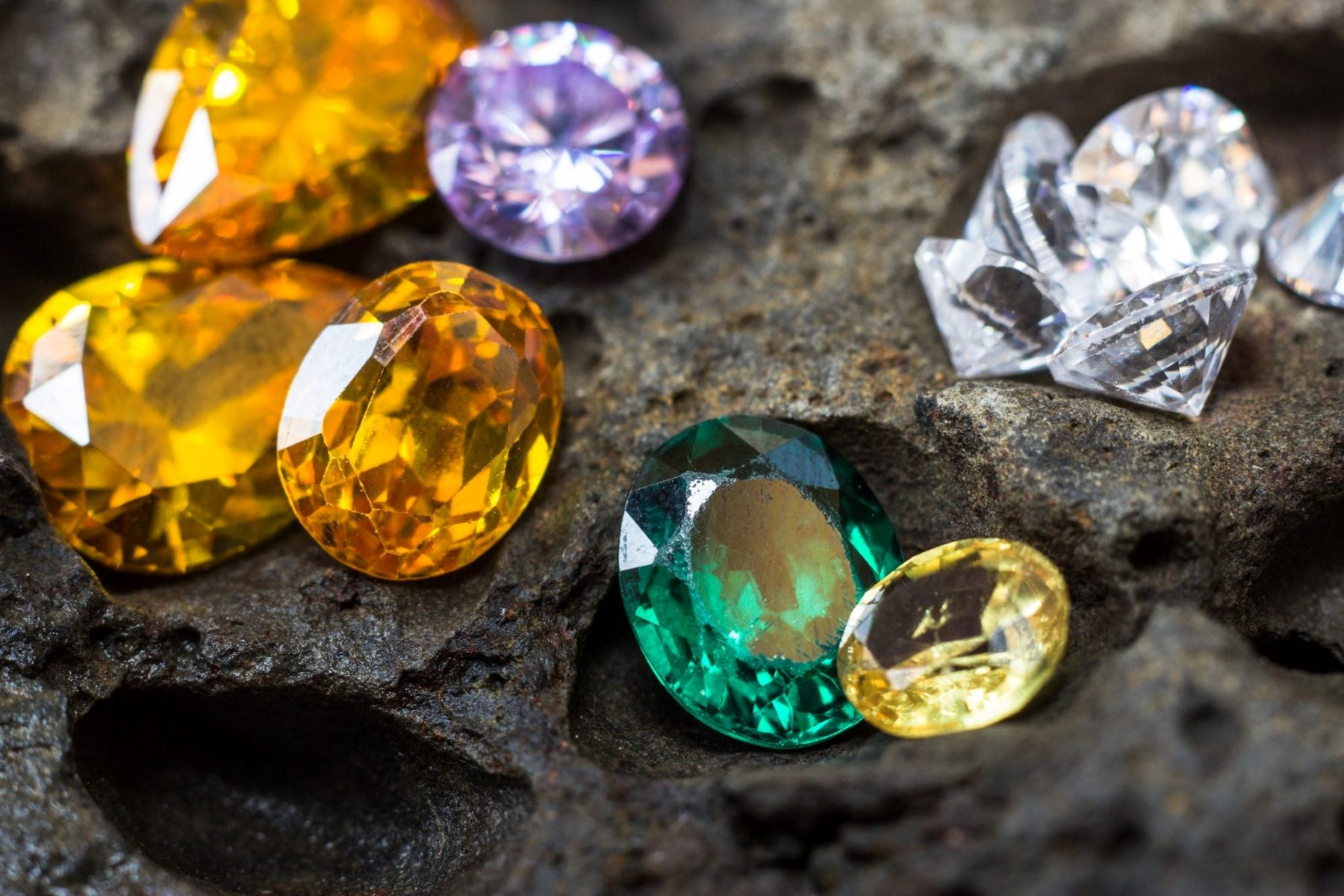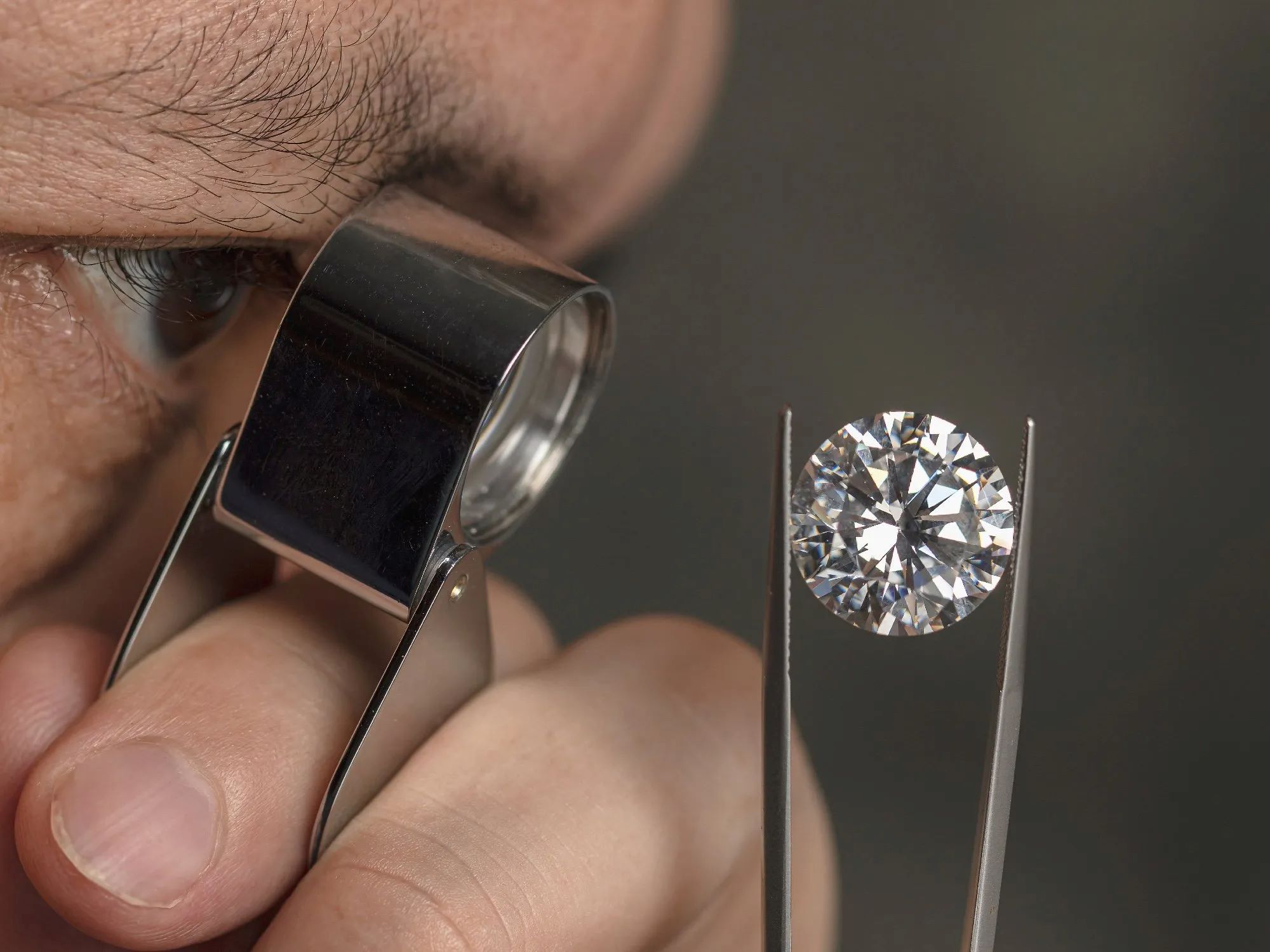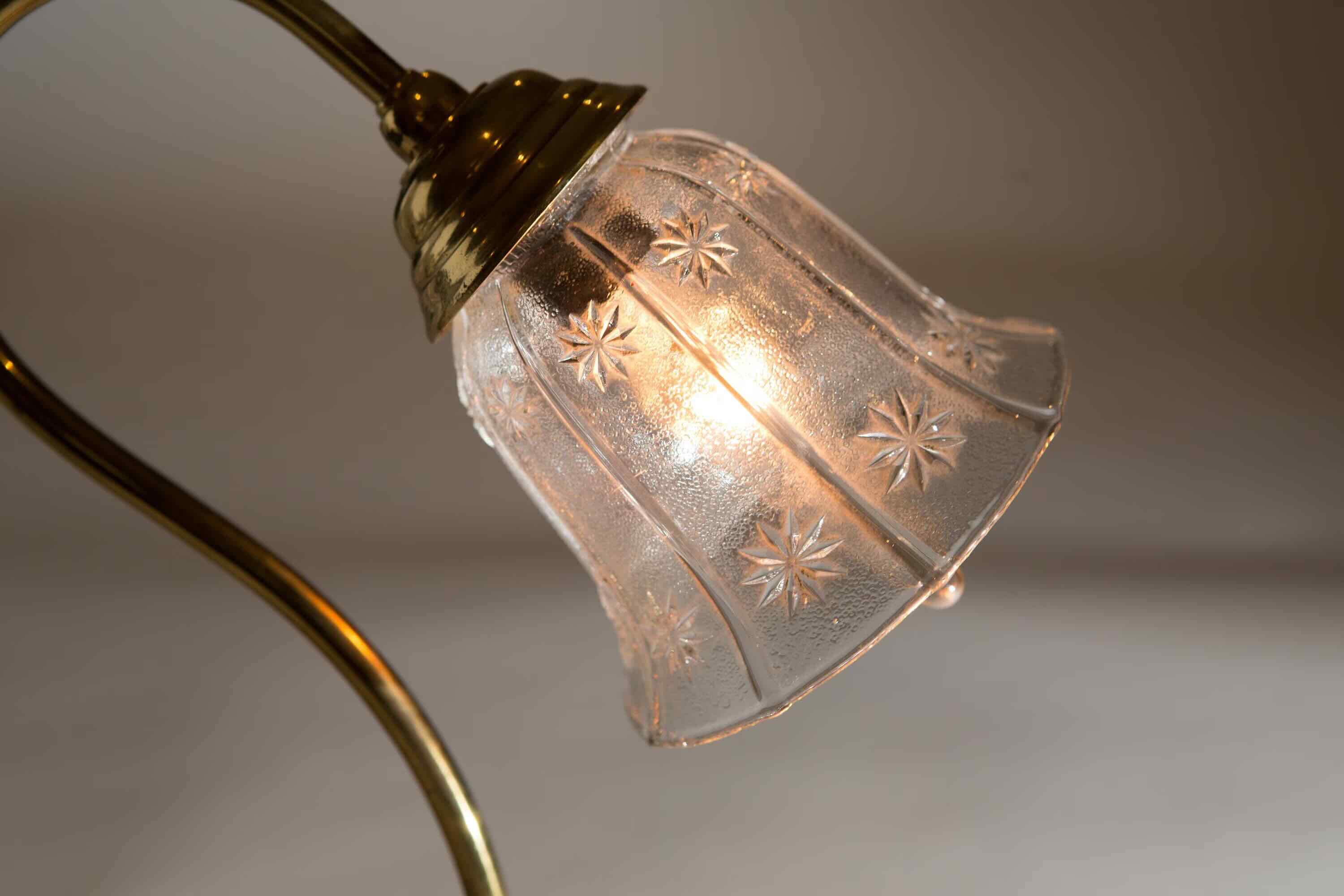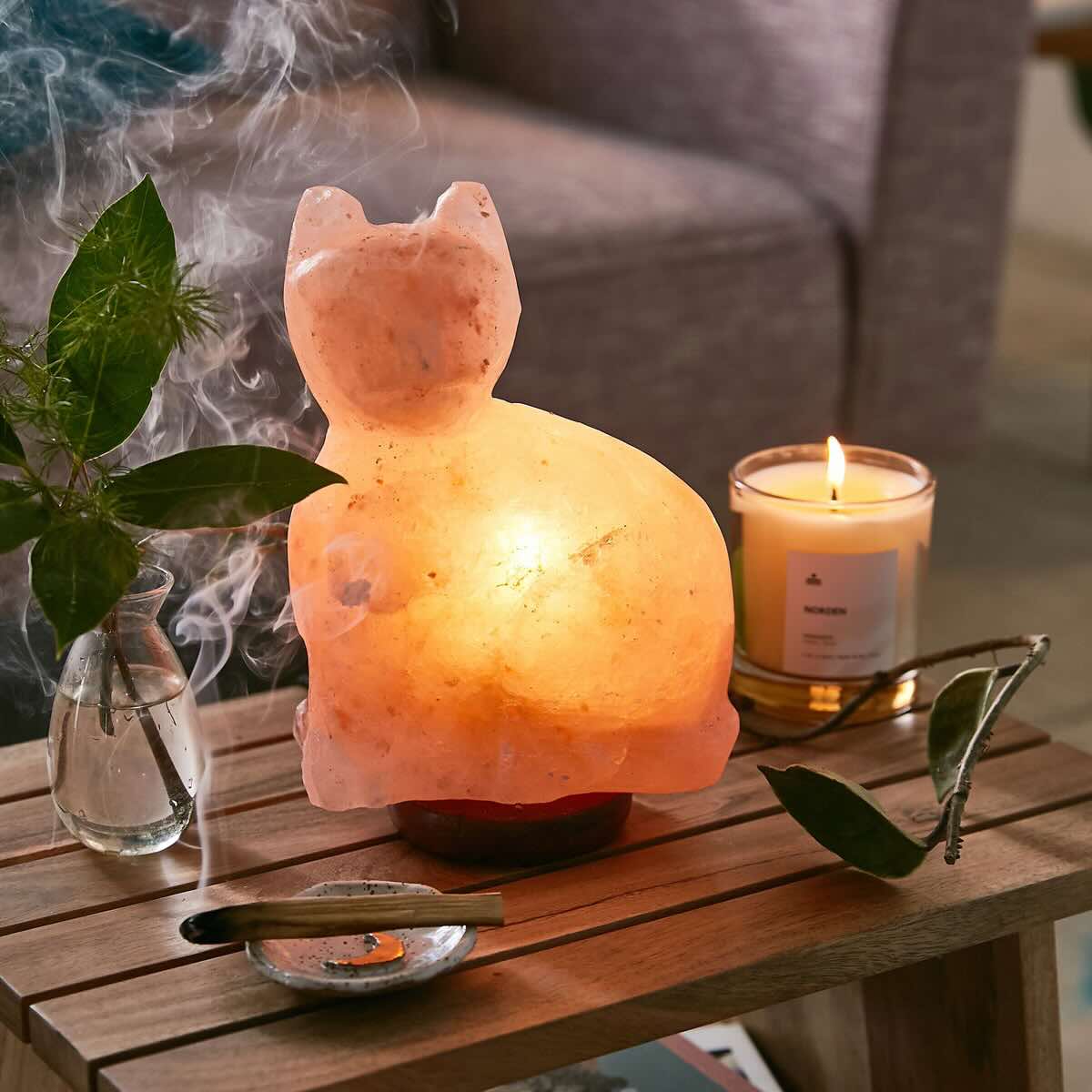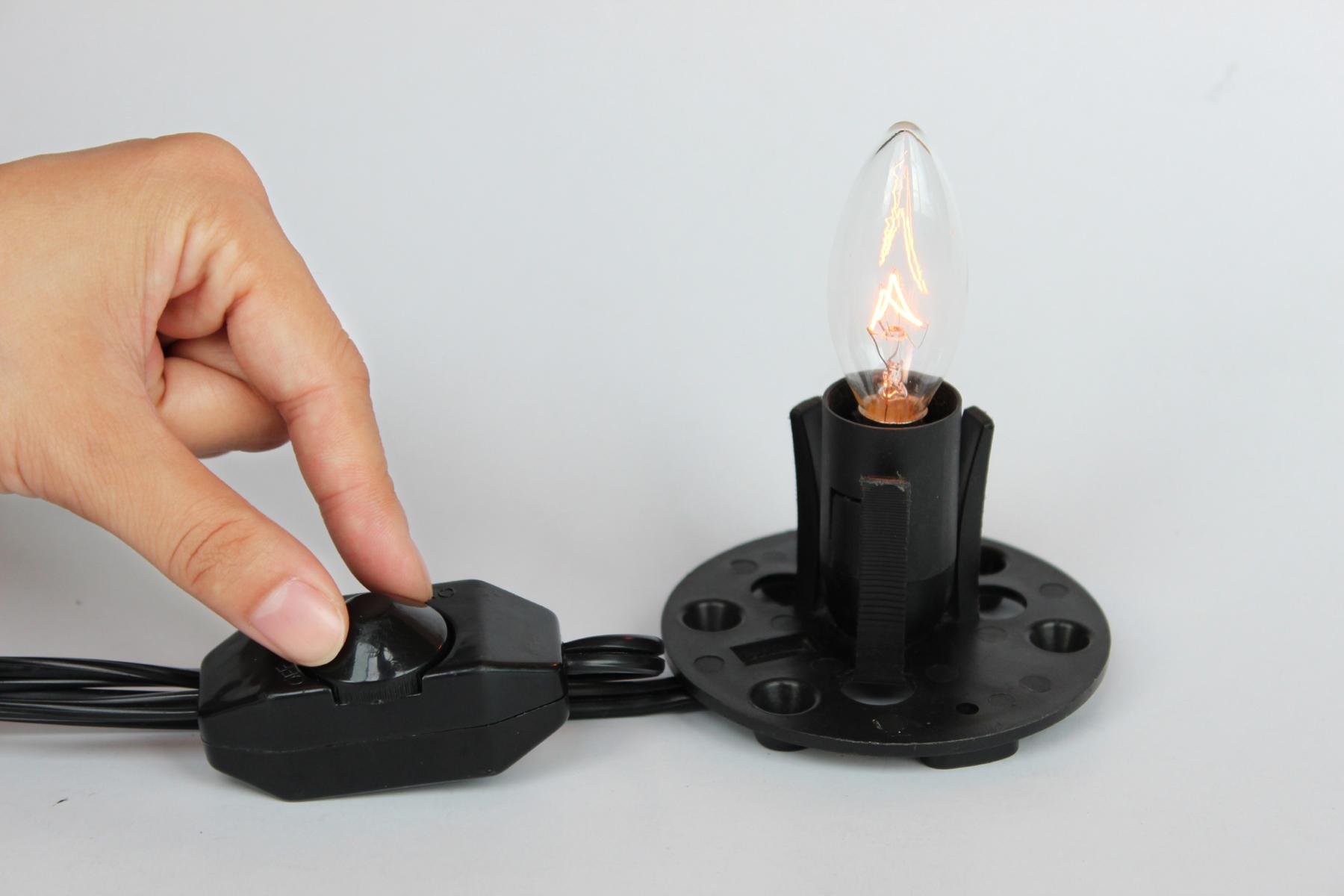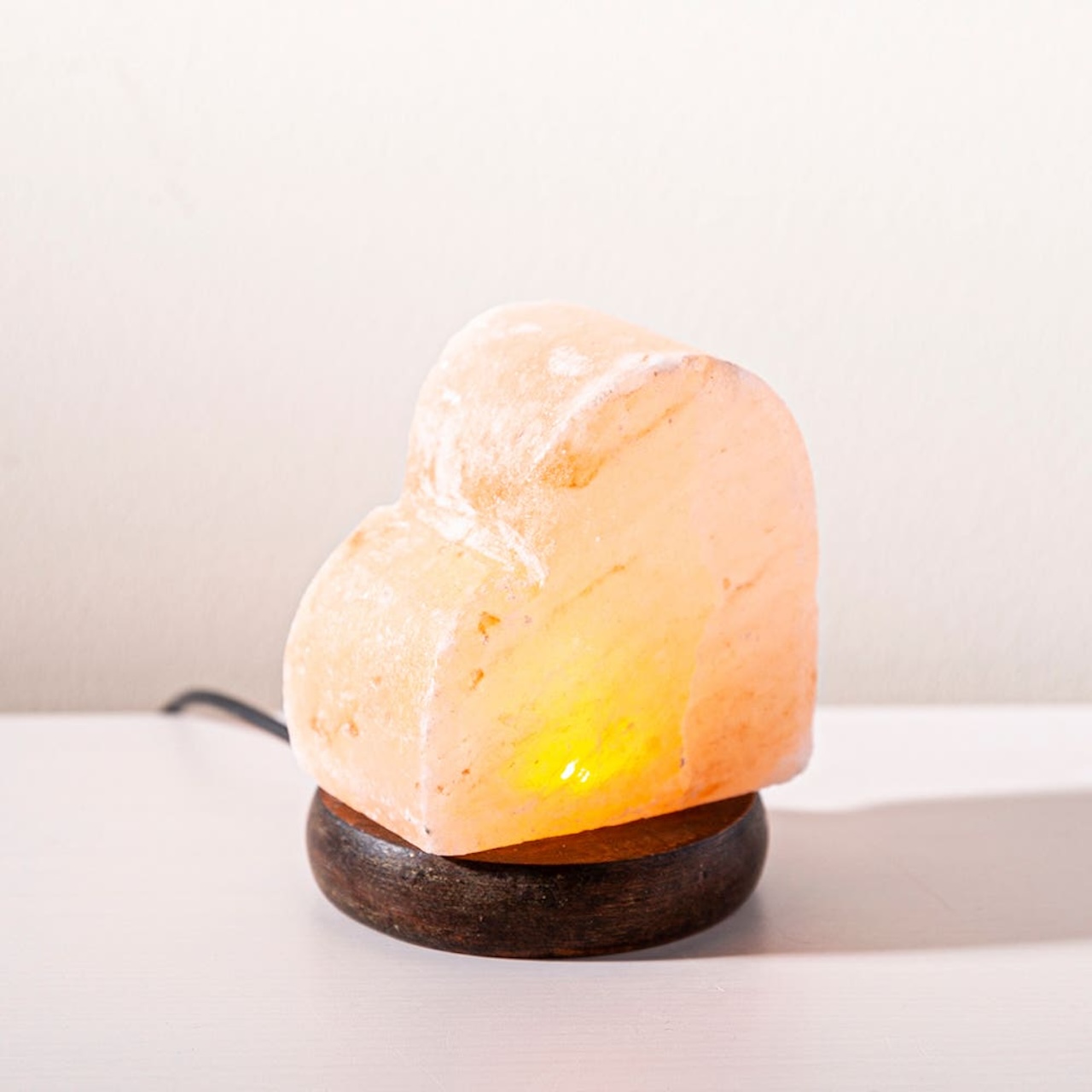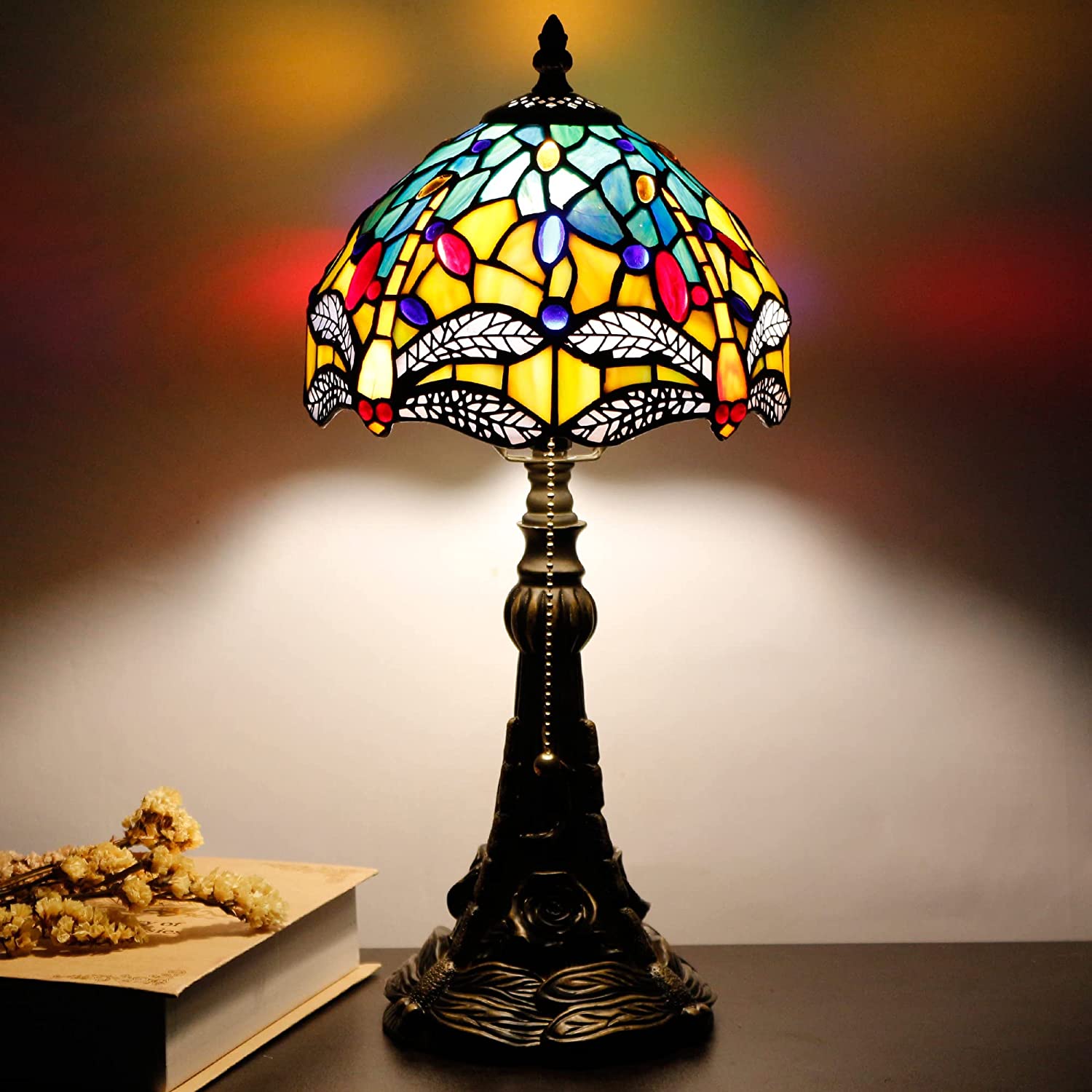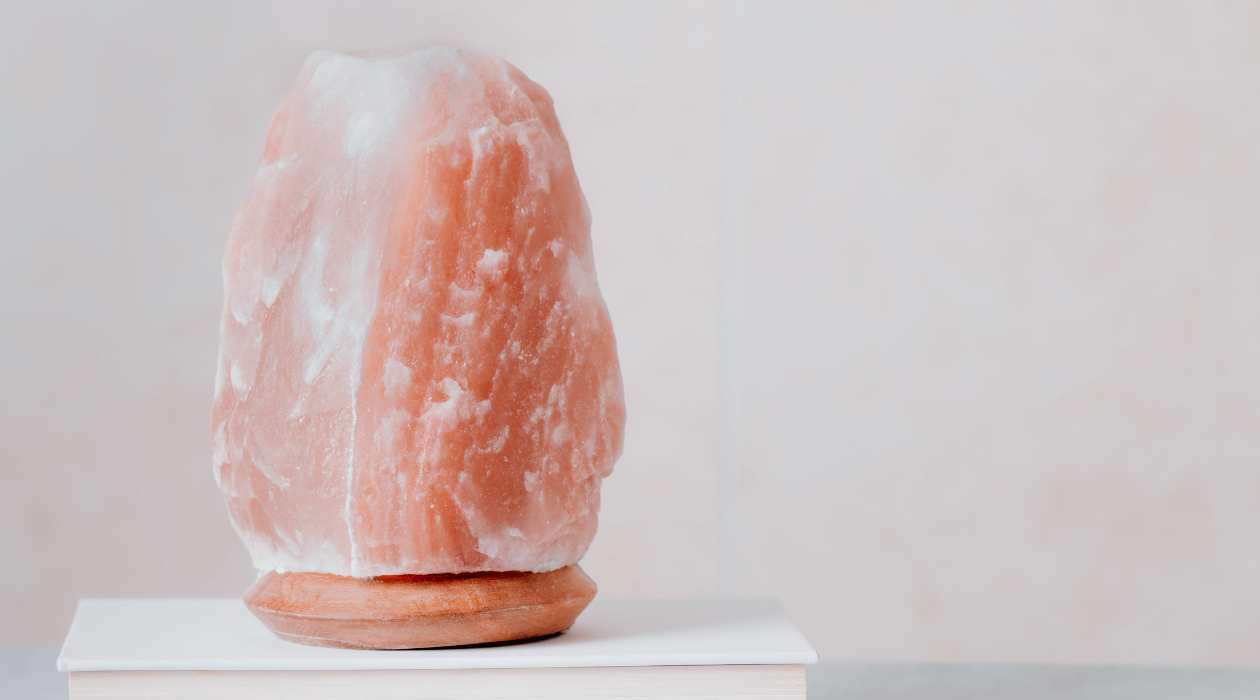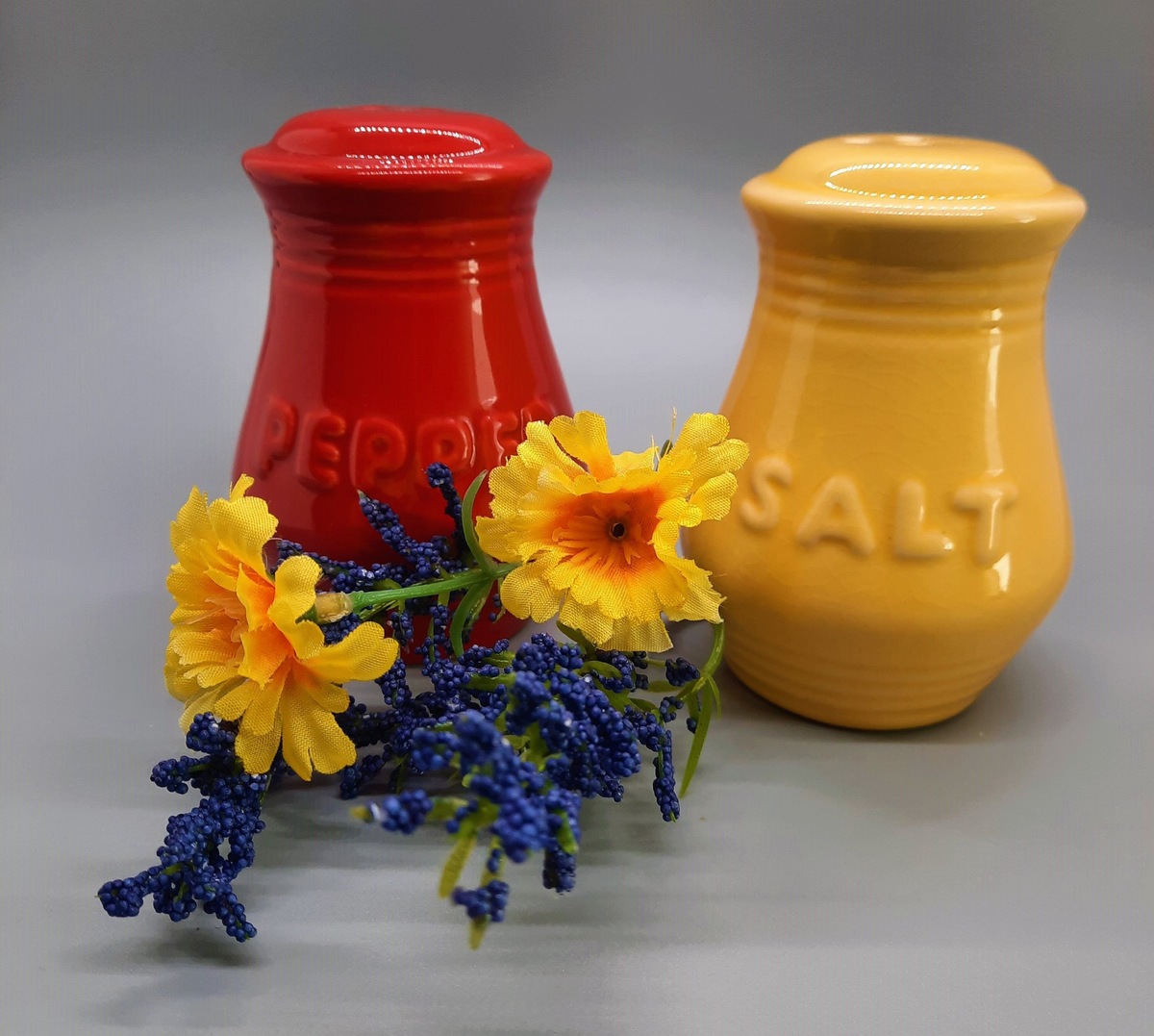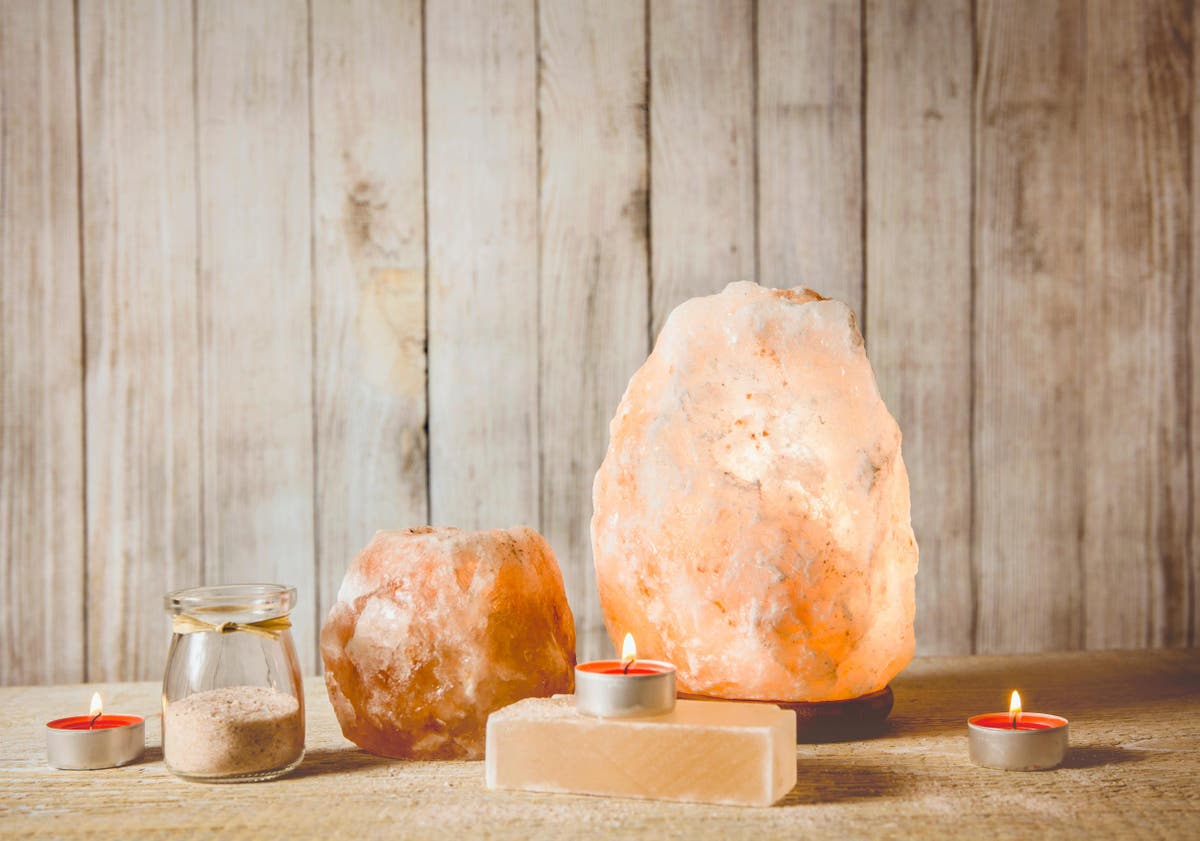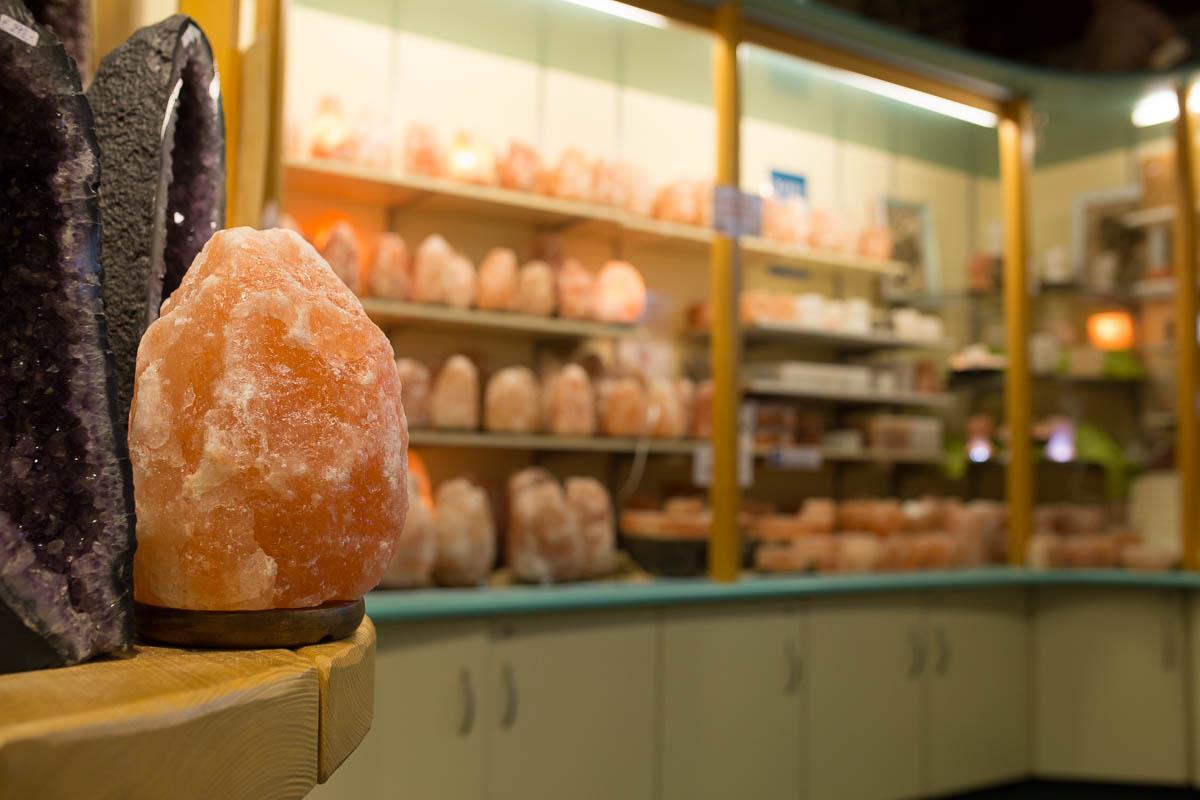

Furniture
How To Tell If Salt Lamp Is Real
Modified: January 5, 2024
Discover the easy steps to determine the authenticity of your salt lamp. Learn how to identify real salt lamps from fake ones. Find out more at FurnitureLand.
(Many of the links in this article redirect to a specific reviewed product. Your purchase of these products through affiliate links helps to generate commission for Storables.com, at no extra cost. Learn more)
Introduction
If you have ever come across salt lamps, you may be familiar with their unique beauty and alleged health benefits. These lamps, crafted from blocks of natural salt crystals, are said to emit negative ions that can purify the air and promote a sense of relaxation. However, with their soaring popularity, the market has seen an influx of fake salt lamps masquerading as the real deal. So, how can you tell if a salt lamp is authentic or just a clever imitation?
In this article, we will delve into the world of salt lamps and discuss the key characteristics and telltale signs of real salt lamps. By understanding the properties and features that distinguish genuine salt lamps from fakes, you can make an informed purchase and ensure you are bringing home a genuine product that will deliver the desired benefits.
Before we dive into the identification process, let’s first understand how salt lamps are made.
Key Takeaways:
- Authentic salt lamps exhibit natural crystal formations, emit a warm glow, and have hygroscopic properties. When purchasing, look for unique patterns, soothing lighting, and signs of sweating to ensure you’re getting the real deal.
- To spot fake salt lamps, watch out for uniform shapes, intense lighting, lightweight construction, and lack of sweating. Conduct a physical examination and check packaging details to confirm authenticity. Consulting experts can also provide valuable insights.
Read more: How To Tell If Milk Glass Is Real
How Salt Lamps Are Made
Salt lamps are crafted from blocks of natural salt crystals, typically sourced from salt mines. The process begins by selecting high-quality salt crystals, which are then carefully hand-carved into various shapes and sizes. The most common form is the traditional bowl-shaped lamp, while others may be crafted into spheres, pyramids, or even natural rock formations.
Once the desired shape is achieved, a small hole is drilled into the base of the lamp to accommodate a light bulb or candle, depending on the design. The heat emitted by the bulb or candle warms the salt crystal, causing it to release negative ions into the surrounding environment.
It’s important to note that authentic salt lamps are made from 100% natural Himalayan salt or other genuine salt crystals. These crystals contain a range of minerals and trace elements, including magnesium, potassium, and calcium, which contribute to the unique properties and benefits of the lamps.
Now that we have a basic understanding of the manufacturing process, let’s explore the characteristics that distinguish real salt lamps from fakes.
Characteristics of Real Salt Lamps
When it comes to identifying real salt lamps, there are several key characteristics to look out for. These features are indicative of the authenticity and quality of the product:
- Natural Crystal Formation: Real salt lamps exhibit natural crystal formations with irregular shapes and textures. Each lamp is unique, with intricate patterns and variations in color due to the natural mineral content of the salt crystals.
- Glowing Warm Light: Genuine salt lamps emit a soft, warm glow that ranges from pink to orange hues. The light permeates through the salt crystals, creating a soothing and calming ambiance.
- Weight and Density: Real salt lamps are heavy due to the density of the salt crystals. When you lift a genuine salt lamp, you will feel its substantial weight and solidity, indicating the presence of natural salt.
- Sweating or Hygroscopic Properties: Authentic salt lamps have hygroscopic properties, which means they naturally attract moisture from the air. In humid conditions, you may notice tiny droplets of water forming on the surface of the lamp. This is known as “sweating” and is a positive sign of a real salt lamp.
- Quality Electrical Components: Real salt lamps use high-quality electrical components. The cord and plug should be sturdy and well-insulated, meeting safety standards. Additionally, the switch and dimmer, if present, should function smoothly and reliably.
Keep these characteristics in mind when examining a salt lamp to determine its authenticity. However, it’s also essential to be aware of the signs that indicate a salt lamp may be counterfeit. Let’s explore how to identify fake salt lamps.
Identifying Fake Salt Lamps
With the rising demand for salt lamps, the market has unfortunately been flooded with counterfeit products. These fake salt lamps attempt to replicate the appearance of genuine ones but lack the inherent qualities and benefits. Here are some key indicators to help you identify fake salt lamps:
- Uniform Shape and Color: Counterfeit salt lamps often have a uniform shape and color. They may appear too perfect, lacking the natural variations and irregularities found in real salt lamps. If all the lamps on display look identical, it is likely they are not genuine.
- Intense and Artificial Lighting: Fake salt lamps tend to emit bright and intense lighting with uniform color. Unlike the warm and soothing glow of real salt lamps, counterfeit lamps may have harsh and unnatural lighting, which detracts from the calming ambiance.
- Lightweight and Fragile: Fake salt lamps are frequently lighter and less solid compared to their authentic counterparts. They may feel hollow or flimsy when lifted. The lightness can be an indication that they are made from low-quality materials rather than genuine salt crystals.
- No Sweating or Hygroscopic Properties: If a salt lamp does not exhibit any signs of moisture or sweating in humid conditions, it is likely a fake. Authentic salt lamps have hygroscopic properties and attract moisture from the air, causing droplets to form on the surface.
- Poor Construction and Low-Quality Components: Counterfeit salt lamps are often poorly constructed, with subpar electrical components. The cord may be flimsy or poorly insulated, and the switch or dimmer may feel cheap and unreliable. These lamps generally lack the attention to detail and craftsmanship of genuine salt lamps.
While these signs can be helpful in identifying fake salt lamps, it’s important to conduct a more thorough examination to confirm their authenticity. Let’s explore some additional methods to help you determine if a salt lamp is genuine or fake.
Look for a genuine salt lamp by checking for a warm, pinkish glow, irregular shape, and natural imperfections. Real salt lamps also attract moisture and may “sweat” in humid conditions.
Conducting a Physical Examination
When you have a salt lamp in front of you, conducting a physical examination is an effective way to assess its authenticity. Here are some steps you can take to determine if a salt lamp is real or fake:
- Visual Inspection: Carefully examine the salt lamp’s surface for irregularities, natural patterns, and any variations in color. Real salt lamps will have unique formations and imperfections, whereas counterfeit lamps may have a more uniform appearance.
- Touch and Feel: Gently run your hand over the lamp’s surface. Real salt lamps will feel slightly rough and textured due to the natural crystalline structure. If the lamp feels smooth and lacks texture, it is likely a fake.
- Taste Test (Optional): This method is not recommended for everyone, but some individuals choose to lightly lick the salt lamp’s surface to verify its authenticity. Real salt lamps will have a slightly salty taste, while fake ones will taste bland or metallic.
- Salt Residue: As a real salt lamp emits negative ions, it can leave a small amount of salt residue on surfaces nearby. Check for a mild accumulation of salt dust or residue on the base or surrounding area of the lamp, which indicates genuine salt crystals.
- Heat Test: Turn on the lamp and observe how it behaves. Real salt lamps have a low heat resistance and may sweat or release moisture. If the lamp feels excessively hot or does not emit any heat at all, it may not be made of genuine salt.
By conducting a physical examination using these methods, you can gain valuable insights into the authenticity of a salt lamp. However, don’t solely rely on these tests, as there are other factors to consider. Let’s explore some additional ways to determine the authenticity of a salt lamp.
Read more: How To Tell If A Gem Is Real Or Glass
Checking for Authentic Packaging and Labeling
Examining the packaging and labeling of a salt lamp can provide valuable clues about its authenticity. Here are some aspects to consider when assessing the packaging and labeling:
- Manufacturer’s Information: Look for clear and detailed information about the manufacturer or brand. Authentic salt lamps are usually accompanied by packaging that includes the manufacturer’s name, address, website, and contact information. If the packaging lacks this information or provides incomplete details, it may be a sign of a fake product.
- Country of Origin: Genuine salt lamps are often sourced from specific regions, such as the Himalayas. Check the packaging or label for the country of origin. If it does not match the known source of authentic salt lamps, it could be a red flag.
- Quality Labels and Certifications: Look for labels or certifications indicating the quality and authenticity of the salt lamp. These may include certifications for being made from pure Himalayan salt or compliance with safety standards. Be aware that fake products may also feature counterfeit labels, so it’s essential to cross-reference the information.
- Clear Product Description: Ensure that the packaging or label provides a clear and accurate description of the salt lamp. It should specify the material used (such as Himalayan salt), dimensions, and weight. If the information is vague or inconsistent, it may be a sign of a fake product.
- Barcode and Serial Number: Some authentic salt lamps come with barcodes and serial numbers that can be verified for authenticity. Look for these markings on the packaging and consider contacting the manufacturer to validate the information.
Remember that while authentic packaging and labeling can be indicators of a genuine salt lamp, counterfeit products may also attempt to mimic these features. Therefore, it’s crucial to combine this examination with other methods to ensure you are purchasing an authentic salt lamp.
Lastly, seeking expert opinions can provide additional assurance in determining the authenticity of a salt lamp. Let’s explore this further.
Consulting Expert Opinions
When it comes to identifying the authenticity of a salt lamp, seeking expert opinions can be highly beneficial. Experts in the field, such as reputable sellers or knowledgeable professionals, can provide valuable insights and guidance. Here are some ways to consult expert opinions:
- Reputable Sellers: Reach out to reputable sellers who specialize in salt lamps. These sellers have extensive experience and expertise in dealing with authentic products. They can provide valuable advice, answer your questions, and assist you in making an informed purchase.
- Salt Lamp Enthusiast Communities: Engage with online communities or forums dedicated to salt lamp enthusiasts. These platforms often attract individuals who are knowledgeable about salt lamps and can offer advice based on their personal experiences. Participating in these discussions can help you gather insights and connect with like-minded individuals.
- Professional Interior Designers or Feng Shui Experts: Consult interior designers or Feng Shui experts who have experience working with salt lamps. They can provide insights into the qualities and characteristics of genuine salt lamps and guide you in selecting the right one for your space.
- Reviews and Recommendations: Read reviews and recommendations from trusted sources, such as reputable websites or publications specializing in holistic living, home decor, or wellness. These sources often have experts who review and assess the authenticity of salt lamps, providing reliable information based on their expertise.
- Online Research: Carry out your own research online by exploring credible sources that provide information on salt lamps. Look for articles, guides, or videos created by experts in the field. This research can equip you with the knowledge necessary to distinguish between real and fake salt lamps.
By consulting expert opinions, you can gain valuable insights, receive guidance, and seek advice from those who are well-versed in the world of salt lamps. Their expertise and knowledge can aid you in making an informed decision and selecting an authentic salt lamp for your home or workspace.
Now that we have covered various methods to determine the authenticity of a salt lamp, let’s summarize our findings.
Conclusion
Authentic salt lamps offer not only a unique and beautiful addition to your space but also potential health benefits through the release of negative ions. However, with the increasing popularity of salt lamps, it’s crucial to be able to distinguish between real and fake products.
Throughout this article, we have explored the characteristics and telltale signs of real salt lamps, such as their natural crystal formations, warm and glowing light, weight and density, sweating or hygroscopic properties, and quality electrical components. These features serve as indicators of authenticity and can help you make an informed purchase decision.
In addition, we have discussed how to identify fake salt lamps by looking for uniform shapes and colors, intense and artificial lighting, lightweight and fragile construction, absence of sweating or hygroscopic properties, and poor quality components. These factors can alert you to potential counterfeits.
Furthermore, we have discussed conducting a physical examination of the salt lamp by visually inspecting and touching the lamp, as well as conducting a taste test (optional). These methods, when combined with checking for authentic packaging and labeling, such as manufacturer’s information, country of origin, quality labels and certifications, clear product descriptions, and barcodes or serial numbers, can provide further authenticity verification.
Consulting expert opinions, whether through reputable sellers, salt lamp enthusiast communities, professional interior designers or Feng Shui experts, trusted reviews and recommendations, or online research, can also be invaluable in determining the authenticity of a salt lamp.
By utilizing these methods and seeking expert guidance, you can enhance your ability to identify real salt lamps and confidently choose a genuine product that will provide the desired benefits and aesthetic appeal.
Remember, the authenticity of a salt lamp not only impacts its effectiveness but also ensures that you are investing in a quality product that aligns with your values and expectations.
So, the next time you come across a salt lamp, armed with the knowledge from this article, you can confidently assess its authenticity and make a well-informed decision. Enjoy the beauty and potential benefits that a real salt lamp can bring to your home or workspace!
Frequently Asked Questions about How To Tell If Salt Lamp Is Real
Was this page helpful?
At Storables.com, we guarantee accurate and reliable information. Our content, validated by Expert Board Contributors, is crafted following stringent Editorial Policies. We're committed to providing you with well-researched, expert-backed insights for all your informational needs.
